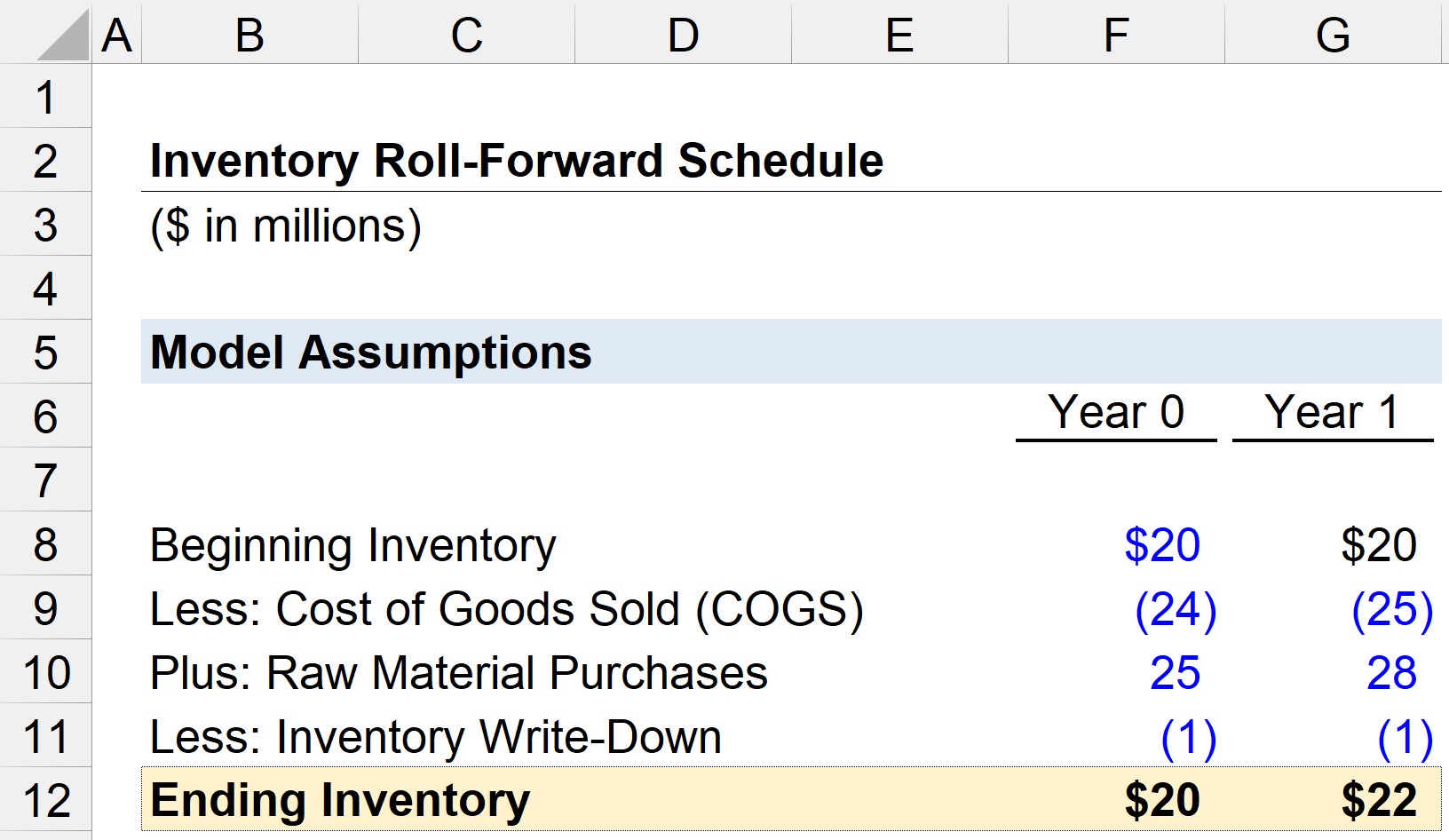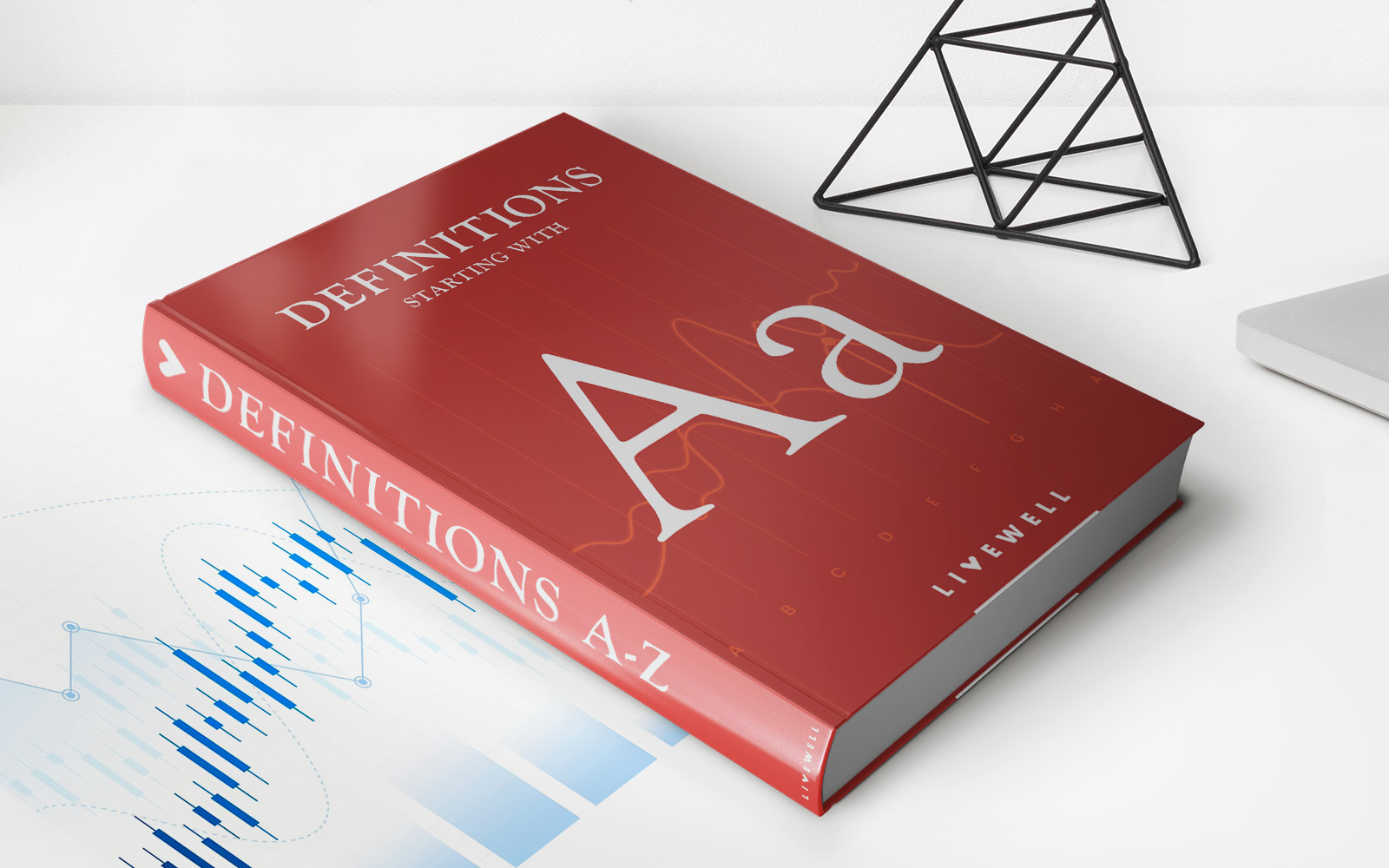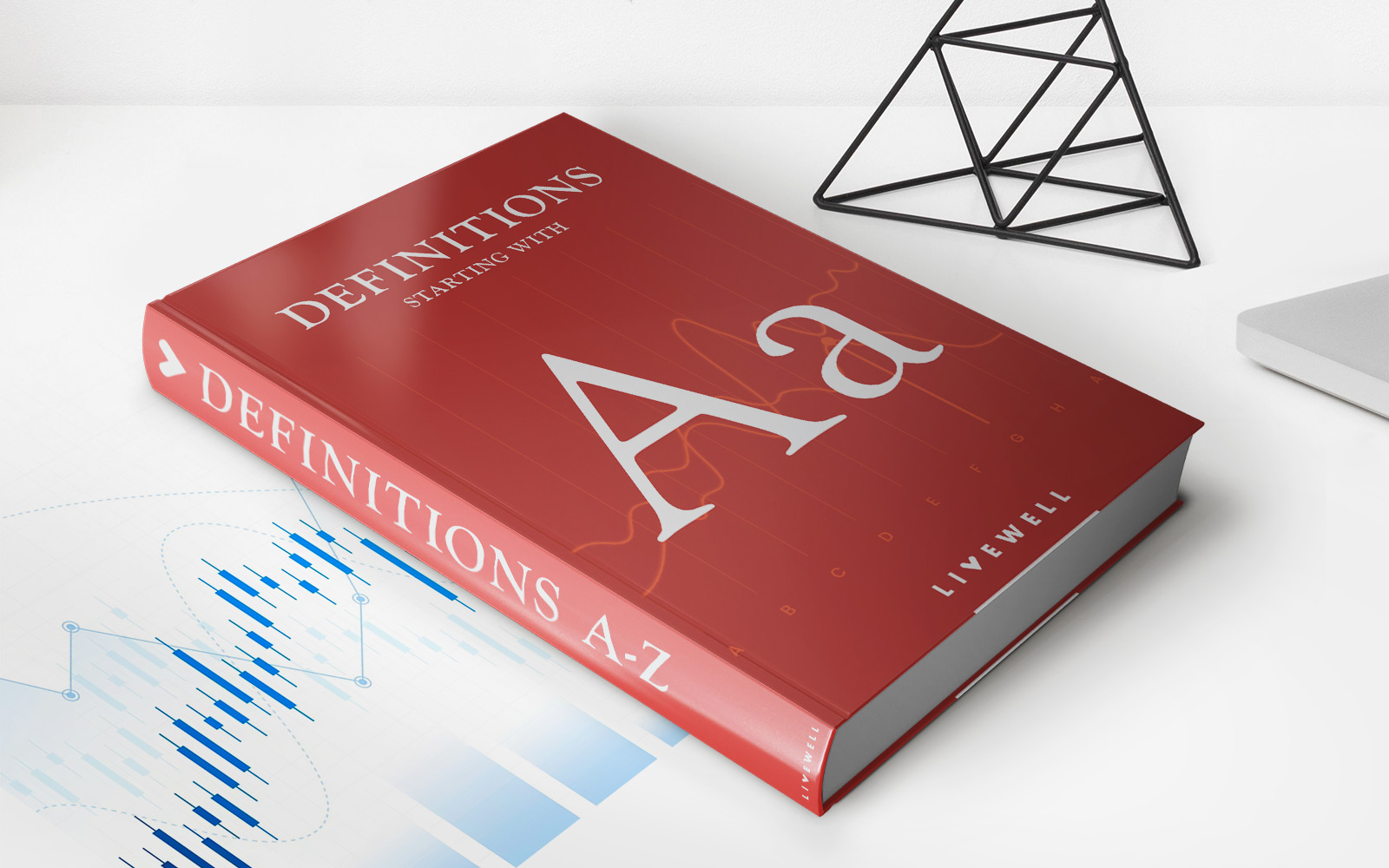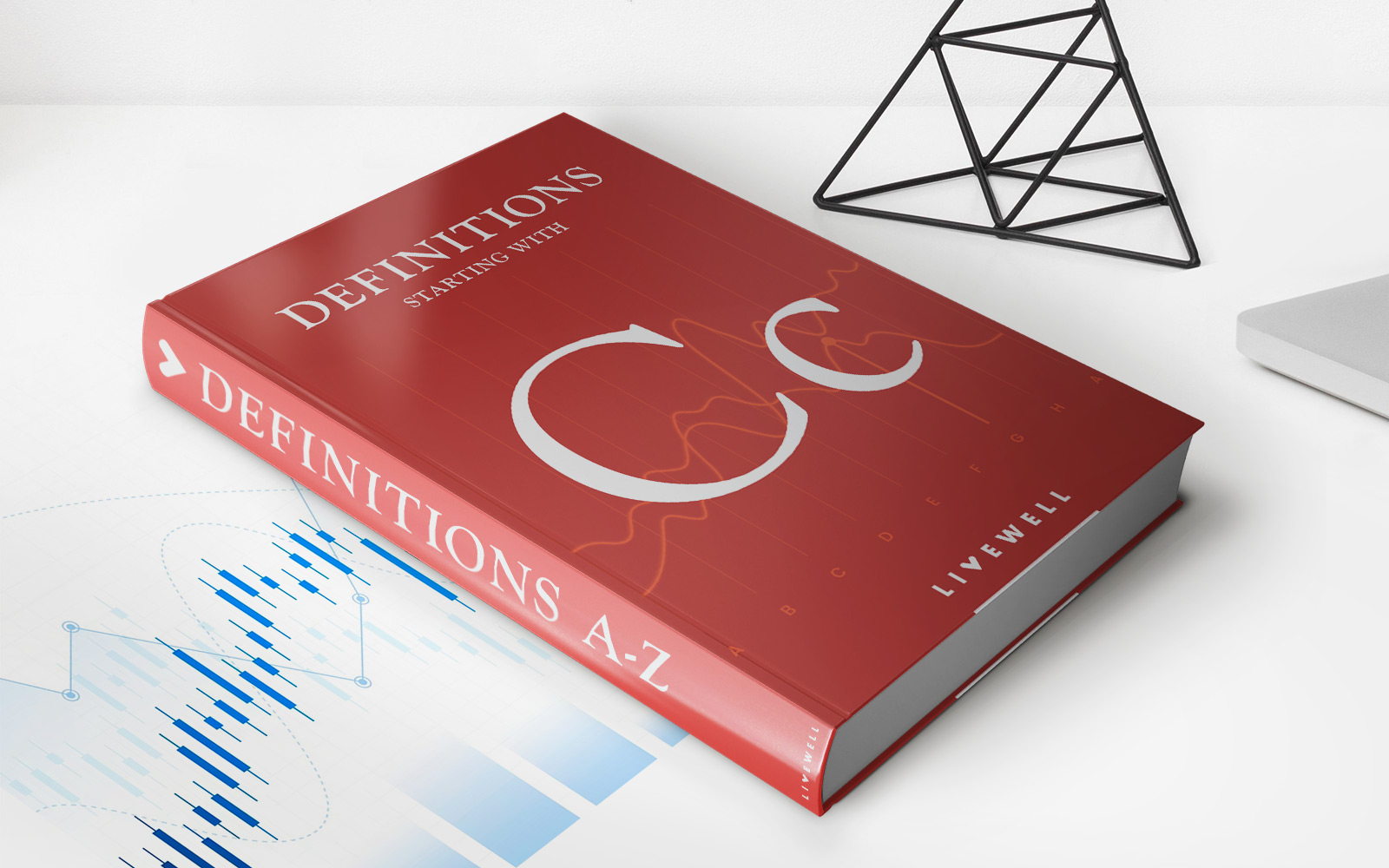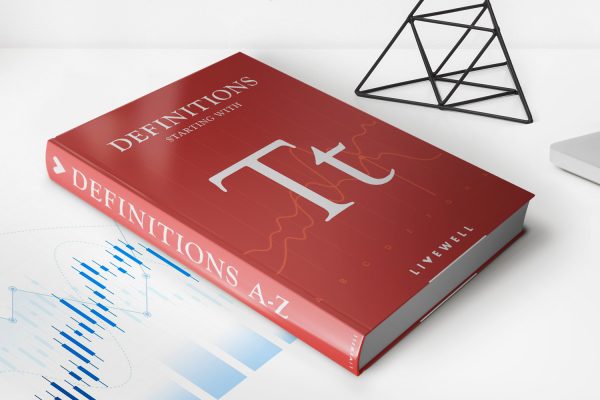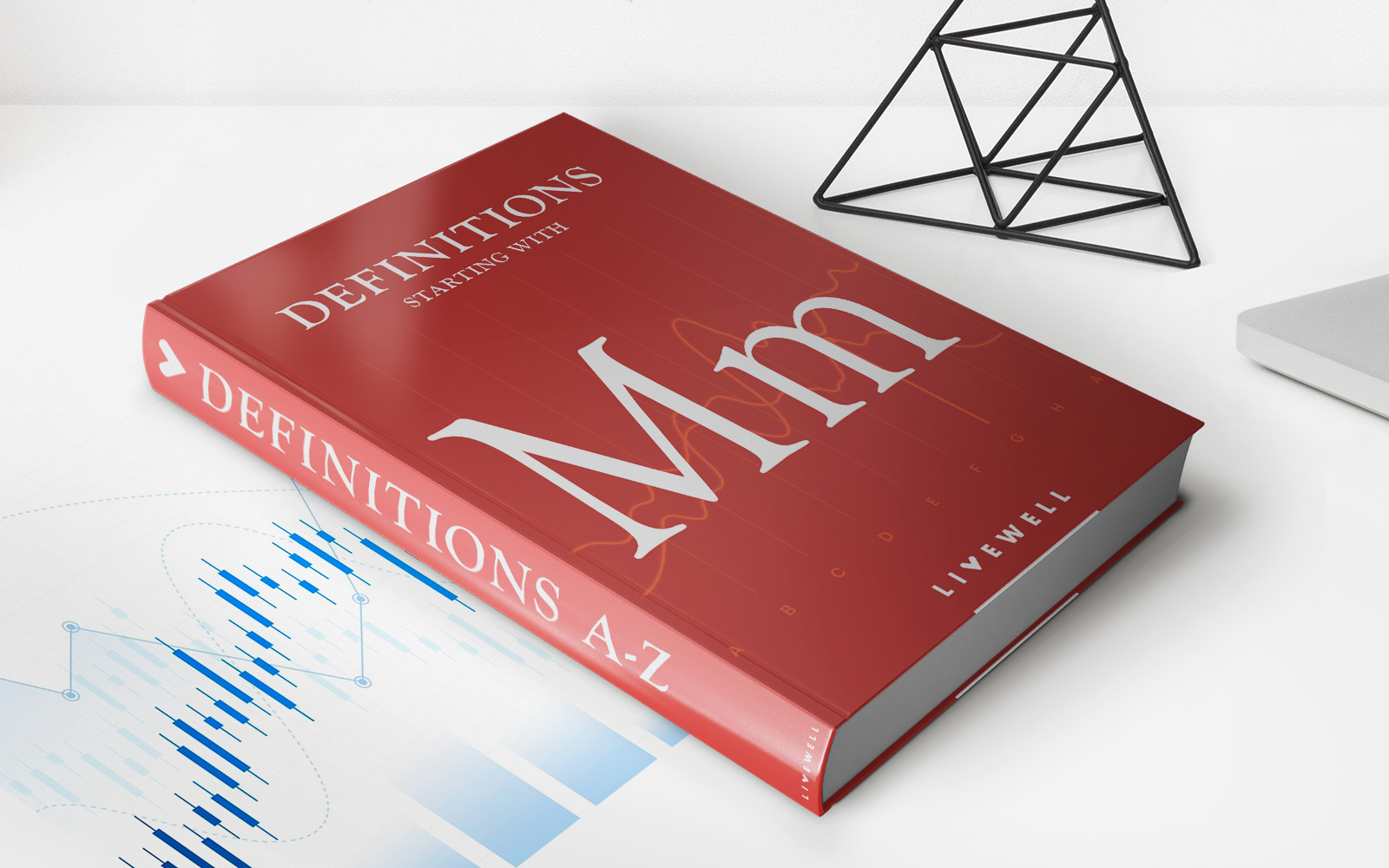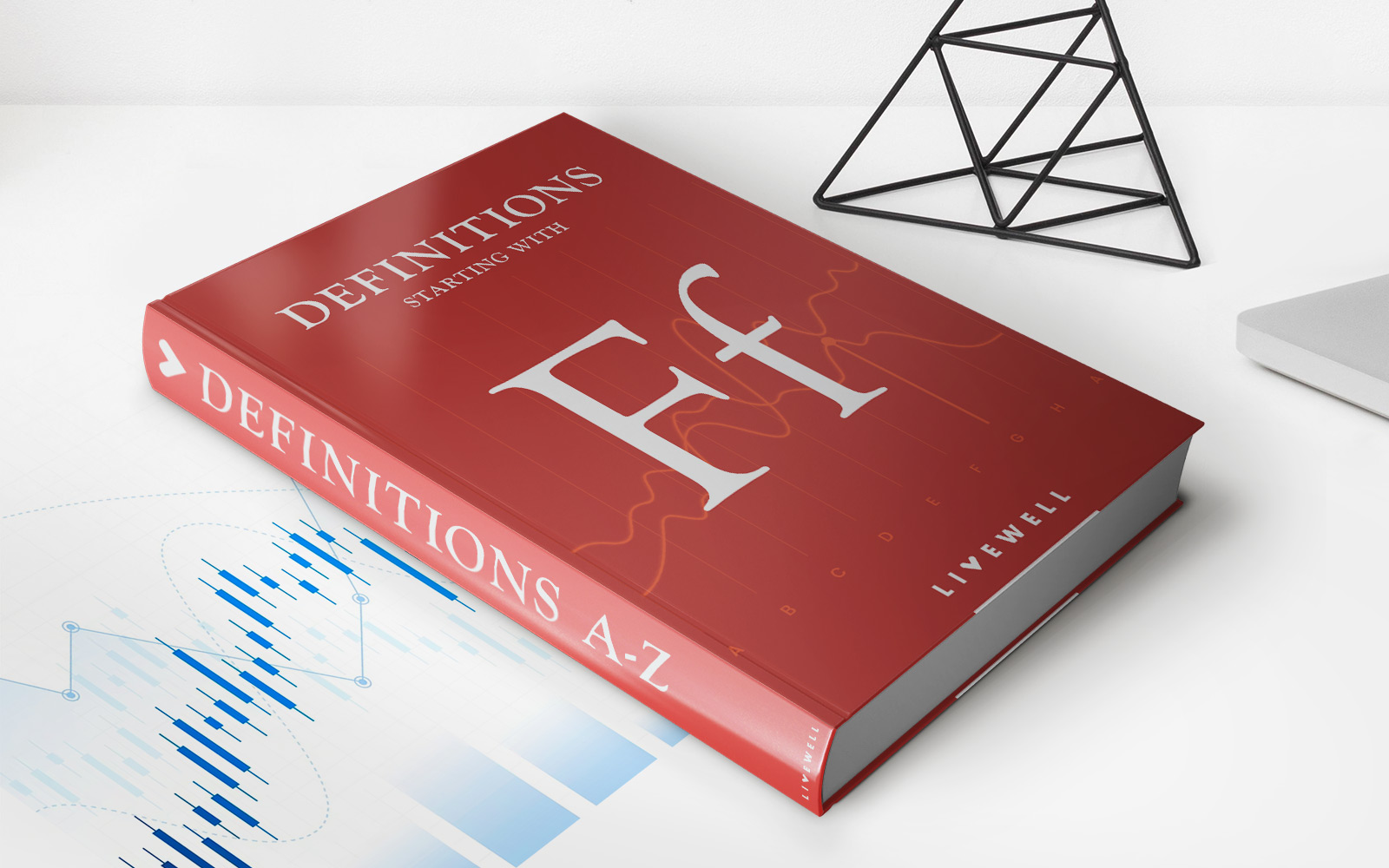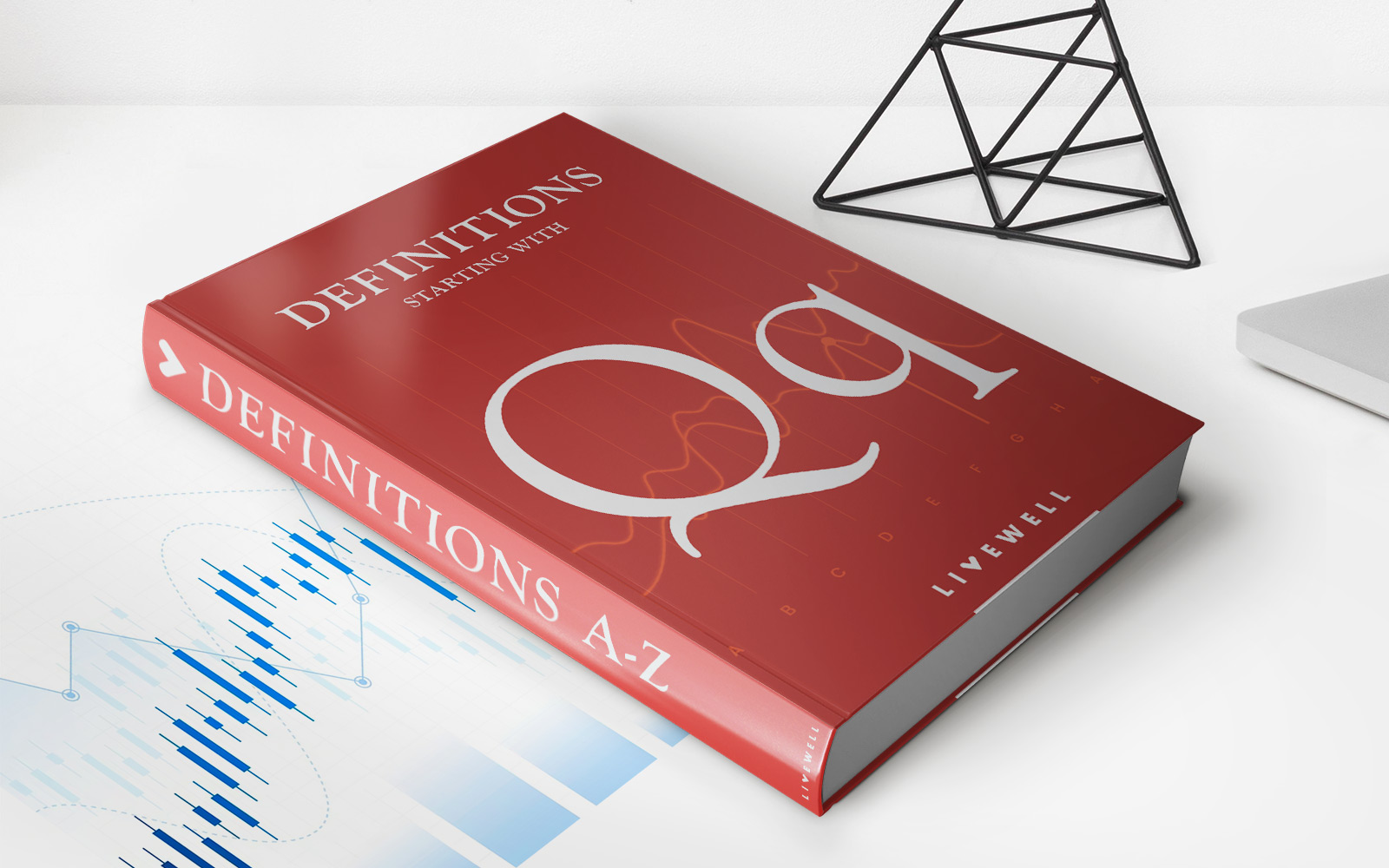Home>Finance>Balance Of Trade (BOT): Definition, Calculation, And Examples
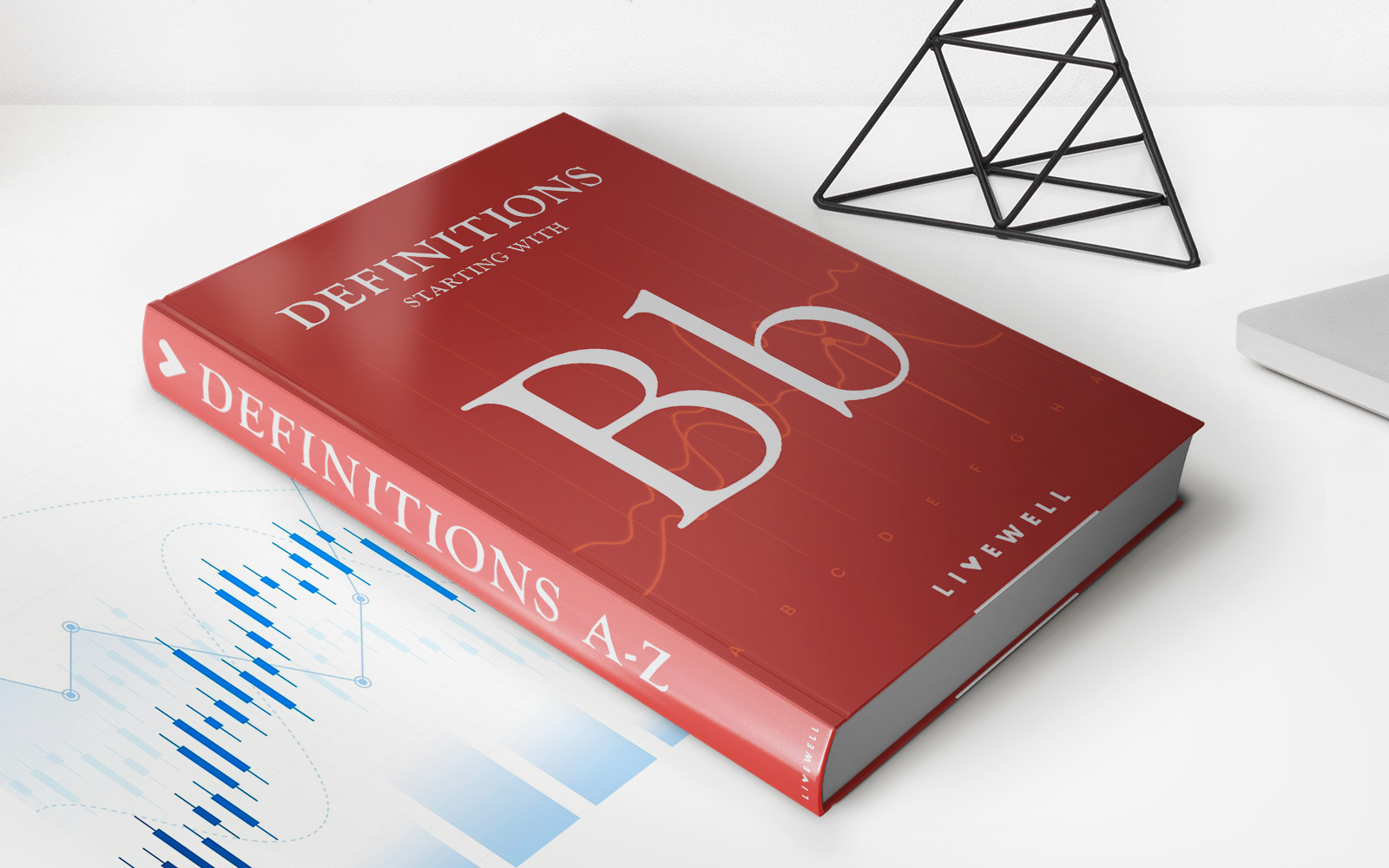

Finance
Balance Of Trade (BOT): Definition, Calculation, And Examples
Published: October 13, 2023
Learn the definition, calculation, and examples of Balance of Trade (BOT) in finance. Explore how it impacts global economics and trade relations.
(Many of the links in this article redirect to a specific reviewed product. Your purchase of these products through affiliate links helps to generate commission for LiveWell, at no extra cost. Learn more)
Understanding Balance of Trade (BOT): Definition, Calculation, and Examples
Welcome to our category in “Finance”! In this blog post, we’ll delve into the concept of Balance of Trade (BOT). Ever wondered what balance of trade is, how it is calculated, and why it is so important in the world of finance? Look no further, because we’ve got you covered!
Key Takeaways:
- Balance of Trade (BOT) measures the difference between a country’s exports and imports of goods and services.
- A positive balance of trade (surplus) occurs when a country exports more than it imports, while a negative balance (deficit) happens when imports exceed exports.
Now, let’s explore the definition and calculation of Balance of Trade in more detail:
Definition: Balance of Trade, also known as the Trade Balance, is a major component of a country’s balance of payments. It evaluates the difference in value between a nation’s exports and imports over a specific time period, typically a year. It provides insights into how a country’s economy is performing and its competitiveness in the international market.
Calculation: Calculating the Balance of Trade is relatively straightforward. It involves subtracting the value of total imports from the value of total exports. The resulting figure shows whether a country has a trade surplus or a trade deficit. If the result is positive, it indicates a trade surplus, while a negative result signifies a trade deficit.
For example:
Let’s say Country A exported goods and services worth $500 billion during the year and imported goods and services worth $400 billion. To calculate the Balance of Trade, we subtract the value of imports from the value of exports:
$500 billion (exports) – $400 billion (imports) = $100 billion (trade surplus)
In this scenario, Country A has a trade surplus of $100 billion.
BOT can also be negative, indicating a trade deficit. If Country A exported $400 billion worth of goods and services and imported $500 billion worth, the calculation would look like this:
$400 billion (exports) – $500 billion (imports) = -$100 billion (trade deficit)
In this situation, Country A has a trade deficit of $100 billion.
Balance of Trade is an essential economic indicator that governments and policymakers closely monitor. Understanding a country’s BOT provides insights into its economic health, competitiveness, and potential trade policies.
Examples of Balance of Trade:
- If a country has a trade surplus, it means it is exporting more than it is importing. This can contribute to economic growth, increase employment, and lead to a stronger currency.
- If a country has a trade deficit, it implies that it is importing more than it is exporting. This can put pressure on the economy, increase foreign debt, and lead to a weaker currency.
In conclusion, Balance of Trade plays a vital role in understanding a country’s economic performance and global competitiveness. By analyzing its trade surplus or deficit, policymakers can make informed decisions to support economic growth and stability. So, whether you’re an economist, student, or simply curious about world finance, understanding Balance of Trade is a valuable skill!
